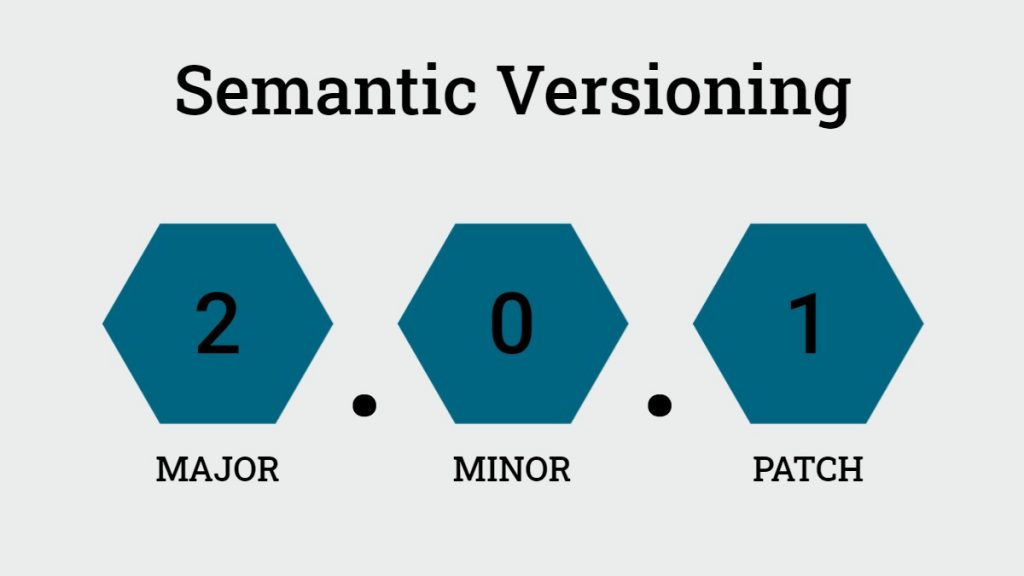Semantic versioning definition
Semantic Versioning is a versioning scheme for using meaningful version numbers (that’s why it is called Semantic Versioning). Specifically, the meaning revolves around how API versions compare in terms of backwards-compatibility.
What is its purpose?
Semantic Versioning makes no sense without a well-defined model of how an API can be extended and evolves over time. This needs to be part of the API design and documentation, and it needs to managed as one important aspect of the general API management approach.
For this reason, there will be two follow-up pieces about managing API versions and designing APIs for extensibility and evolution, but this one here focuses on the narrower topic of identifying versions with the semantic versioning scheme.
See also: What is universal API management and why should I care?
How does semantic versioning work?
Semantic Versioning works by structuring each version identifier into three parts, MAJOR, MINOR, and PATCH, and them putting these together using the familiar “MAJOR.MINOR.PATCH” notation. Each of these parts is managed as a number and incremented according to the following rules:
PATCHis incremented for bug fixes, or other changes that do not change the behavior of the API.MINORis incremented for backward-compatible changes of the API, meaning that existing consumers can safely ignore such a version change.MAJORis incremented for breaking changes, i.e. for changes that are not within the backwards compatibility scope. Existing consumers have to adapt to the new API, very likely by adapting their code.

There are some additional features for identifying pre-release and build information, but for these (and all other details of the specification), please check out the Semantic Versioning specification.
[API Governance Framework] Toward a More Balanced Approach
Dive deeper into semantic versioning and API testing
If you want to learn more about Semantic Versioning, check out the video. In it, we also discuss Hyrum’s law, which is an important pattern in the API space that should be taken into account for setting up API test environments.
See how Amplify Enterprise Marketplace simplifies and enhances the developer experience by automatically discovering, capturing, and validating all APIs into one registry.


